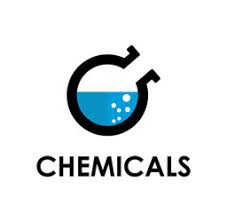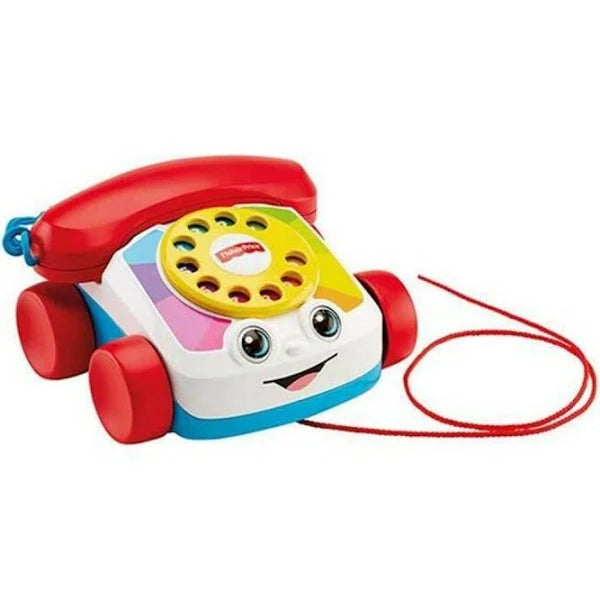Toy safety requirements are especially strict in the EU. But there are also things that you might think are made for children to play with that are not, such as glow sticks, bracelets and necklaces. There are also recipes for home-made slime that use ingredients that are not suitable for children.
Toys are safer for children than other objects
Toys that are CE marked are often safer for children to play with than things that are made for adults. This is because toy safety requirements are especially strict in the EU. The CE marking means that the manufacturer must have observed the toy regulations that apply in the EU. Many hazardous chemical substances are banned in toys manufactured in the EU or imported into the EU from other parts of the world. Chemical substances that we know can cause cancer, damage genetic material or affect the ability to have children are prohibited or may only be present in low levels. Examples of substances that are prohibited in toys are especially hazardous plasticisers called phthalates and a number of metals. Many fragrances are also banned, as they are allergenic.
New toys are safer than older toys
Toys bought after 2013 are safer for children to play with than older toys. This is because the rules for toys sold in the EU were sharply tightened in 2013. The new rules prohibit many dangerous chemical substances that were previously permitted.
Toys adapted for the child’s age
For children who like to chew and suck on things, it is safest to only let the child play with things that are approved for children in the age group (0-3 years). The requirements for these toys are extra strict. Avoid allowing children to chew and suck on things that are not intended for that purpose. But even for older children, there are age recommendations that can be good to take into account. For example, model building kits for cars, planes and boats are not intended for young children. Many paints and glues/adhesives found in model building kits can contain solvents. Older children who play with these items should do so in a well-ventilated place, for example next to an open window, when they use the paints and glues/adhesives.
Toys that you can buy online
To ensure safety when you shop for toys, children’s clothing or anything else on the internet, it is best to find out if the articles are manufactured for sale in the EU. In the worst case scenario, non-EU articles may contain substances that could harm health and the environment. You can search for this information, for example, on the company’s website or ask the seller by email or phone. When it comes to toys and electronic products, you can look for the CE marking. Toys and electronic products that are CE marked must be manufactured with regard to the
Items with strong scents
Some strong-smelling toys and erasers may contain allergenic fragrances and phthalates. Therefore, it is a good idea to avoid strongly scented products. Toys that are perfumed can be allergenic, and many such perfumes are banned in the EU. For certain fragrances, there is a requirement that there must be information on the article stating that the fragrance has been added to the toy.
Glow sticks, bracelets and necklaces
Glow sticks, bracelets and necklaces do not have to meet the requirements for toys, as they are not intended to be used as toys. Glow sticks, bracelets and necklaces are made with thin plastic tubes that can easily break. If the plastic tubes break, a luminous liquid can easily leak out. The liquid can be very irritating if it gets into the mouth or eyes. Do not allow children to suck on or chew on this type of luminescent plastic tube.
Homemade slime
Many children want to mix their own slime, and several popular recipes contain glue as an ingredient. Glues may contain allergenic preservatives or other substances that are not allowed in toys. Because playing with slime involves a lot of skin contact, it is inappropriate to use glue as an ingredient.
There are also recipes for slime that contain boric acid or borax, which is highly inappropriate for children to come in contact with. These substances can, among other things, affect a person’s ability to bear children. Contact lens solution may contain small amounts of boric acid, but it is in such a low concentration that there is no danger in using it.
There are several recipes for slime where you only use ingredients that are used in cooking, such as water, flour, cooking oil and caramel colour. Choose this type of recipe if your children want to make their own slime.
Crayons, pencils, paints, glue
Most paints and adhesives intended for children are water-based and do not contain harmful solvents. The types of oil paints used by adults, should not be used by children. Acrylic paints can be an option for slightly older children who want to paint “for real”.
Articles that blink and make sounds
Many toys contain batteries that allow them to blink, honk, or play tunes. If the toy meets the regulations that apply in the EU, it must not be possible for a small child to open the battery cover. But considering how great the risks are to a small child’s health if he or she does get to a battery, it can be good to keep an extra close eye on small children when playing with such toys. When you are ready to get rid of a toy that contains batteries, you can return the toy to the store that sold it. The seller is obliged to take back and dispose of articles with built-in batteries. You can also bring the article to a recycling centre. Things that are not sold as toys but that have batteries in them can have battery covers that can be relatively easy for children to open. For example, there are greeting cards with button cell batteries. If children swallow a battery, you must seek medical attention.
Liquid-filled articles
Liquid-filled ornaments with different-coloured liquids may contain mineral oil. This is also a type of product that is not manufactured for use by children. The mineral oil is very dangerous if these objects break and children ingest the contents.
Modelling/play compound
Modelling/play compound and slime that are CE marked must meet the safety requirements set for toys sold within the EU and must be safe to use. Always choose products that are adapted to your child’s age and maturity.
Source: https://www.kemi.se/en/chemicals-in-our-everyday-lives/chemicals-in-the-everyday-lives-of-children/toys



